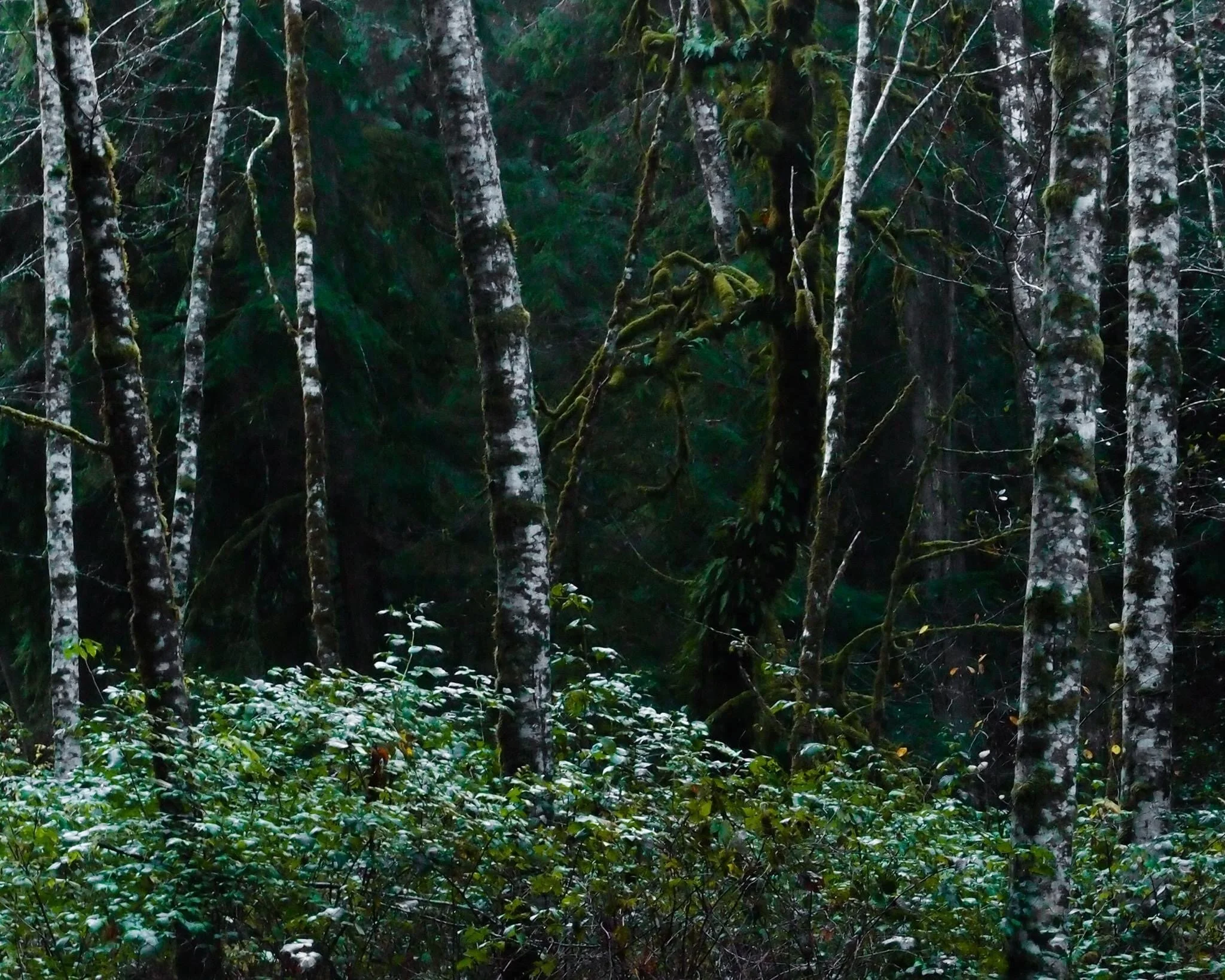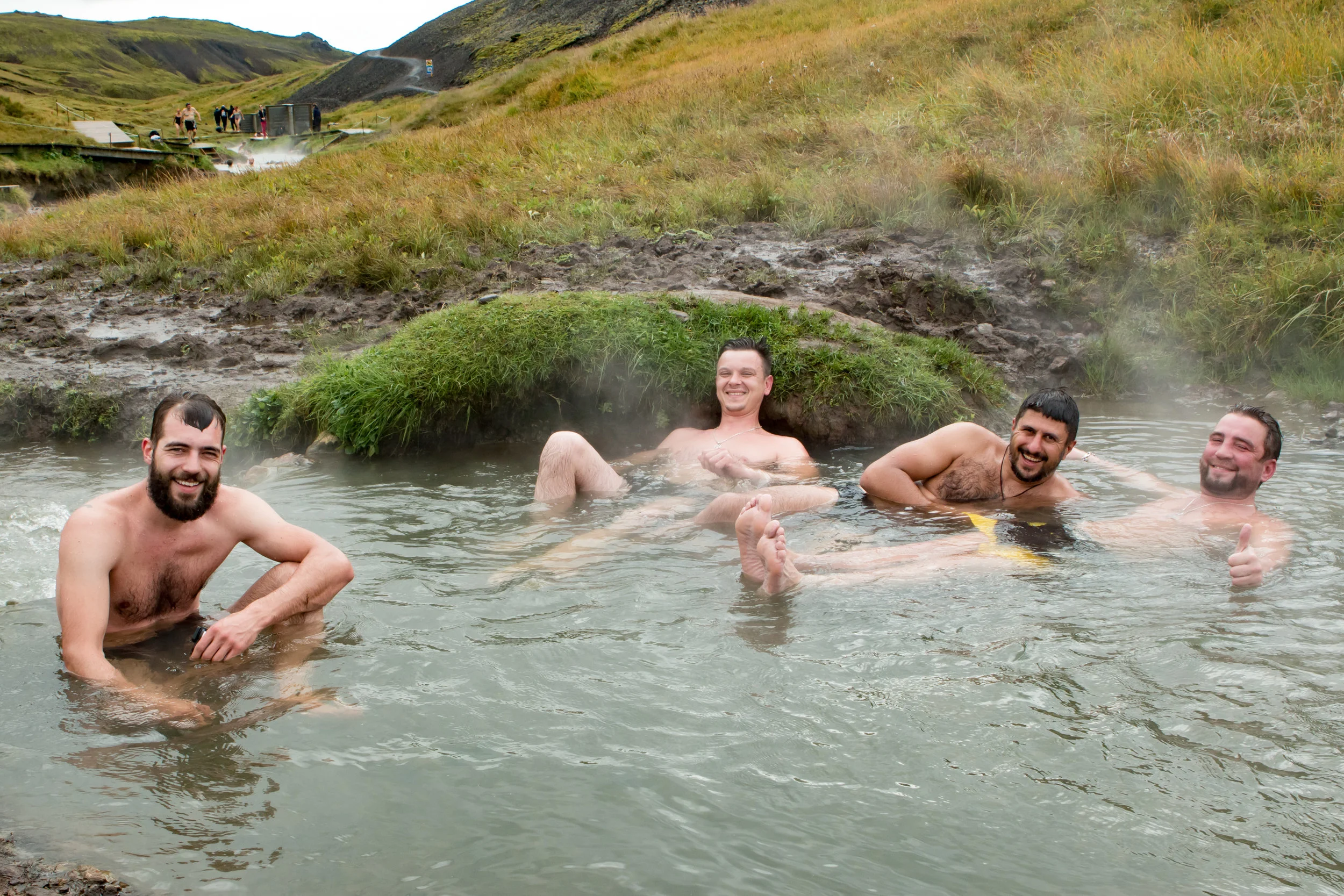Love - A Musical
Twenty-four years ago, on a warm September day, I lugged my bass guitar into the home of a stranger - a fellow musician who was looking for others to support the songs she’d been crafting. I had been ‘band-less’ for the first time in years and was eager to start a new venture. Kerri, an acquaintance of my drummer friend Kim, was down-to-earth and welcoming. When she plugged in her Martin acoustic and began to sing, I was absolutely entranced.
For the next year, Kerri, Kim and I practiced each week, honing new material, recording and playing shows. It felt so good to be part of a musical collaboration again, something I’d been doing since I was a teenager. There’s a true magic that happens when artists create together, a push-and-pull that stimulates the brain and heart with a sizzling electrical charge akin to the sensation of falling in love.
Love. The word conjures images of starry-eyed couples with fingers entwined, their heads inclined temple-to-brow. But love is much more than mere romance. It is a deep connection with someone - or something - outside yourself, an invisible wire that lodges into the very center of your soul, setting it alight in a golden glow.
We all remember (willingly or not) our first love. Mine was music - more specifically, the construct of a song. There are kids who see a radio and want simply to turn up the volume and dance with fervent glee. Then there are those who need to take the radio apart, to see what makes it work, piece by piece.
From an early age, I’ve deconstructed songs, almost subconsciously, my focus fine-tuned on chord progressions, harmonies and key changes - all before I knew what a key even was. The two musical groups that impacted me the most in my childhood were the BeeGees and The Beatles; the bridge for ‘Nights on Broadway’ still stirs my sentimental heart (not to mention an absolutely kickass drum beat throughout), and the chaotic ending of the mesmerizing, melancholic ‘Strawberry Fields’ showed that songs don’t need to end in predictable and tidy ways. It’s as if I discovered a primal language, a way of communicating without words. Because it wasn’t lyrics that appealed to me, but the emotional instigations of song structure and all the other alchemical forces that make a song resonate days after you last heard it.
I’d become lost in music for hours, lying on my bed in rapt attention, letting the music wash over me, my mind in lock-step with each beat. When I got a guitar for Christmas, it was as if the magician gave me his hat. In between formal lessons, I spent hours voraciously learning covers, peeling back their layers in the same way one does with an attractive and appealing date, revealing her subtle and lovely nuances.
When I was fifteen, I finally got to experience the actual writing of a song, having joined forces with a group of college students who thought the coolness of me being a girl guitarist overshadowed the downside that I couldn’t yet legally drive. The song was called ‘Kill the Cheerleader’ - yes, we were punk. While it wasn’t a classic by any means, it empowered me, my creativity exploding with the realization that the lush melodic field of tones and time signatures which stretched before me was mine to play in any way I saw fit.
I went to college in Tucson, a city with a small yet thriving music scene. I played in bands during my entire matriculation, loving the camaraderie and the craft equally. After graduation, I moved to Seattle where I’ve been ever since, immersing myself in the burgeoning musical community, lucky to play with some fabulously talented human beings.
There is a special intimacy that occurs when you create music with someone - whether writing original songs or hashing out your own twist on a cover tune live onstage - especially after you’ve played together awhile. There’s this unspoken communication, a synchronicity like that of a longtime couple who finishes each other’s sentences as if they were speaking with one tongue.
After a year of being bandmates, Kerri and I went to dinner and a movie. Sounds like a date, right? I guess it kind of was. We just didn’t know it yet. As one does with a good song, we peeled back the layers, our conversation relaxed and authentic, revealing we had much more in common than the music we’d been playing for the past twelve months.
The rock world is chock full of wretched woe-begotten tales of musical couples gone terribly awry. But when its good, it’s truly special to share the creative process with your partner. The primal language I learned in childhood elevates to an entirely different level with someone who ‘speaks’ it, too. After creating and performing music together for more than twenty years, it’s pretty damn great Kerri and I still get giddy when a new song takes shape, its potential unfolding before us, prodding us to keep going, to find the gold.
To see what Kerri and I have been up to lately, go to https://echoofthelowlight.bandcamp.com.































